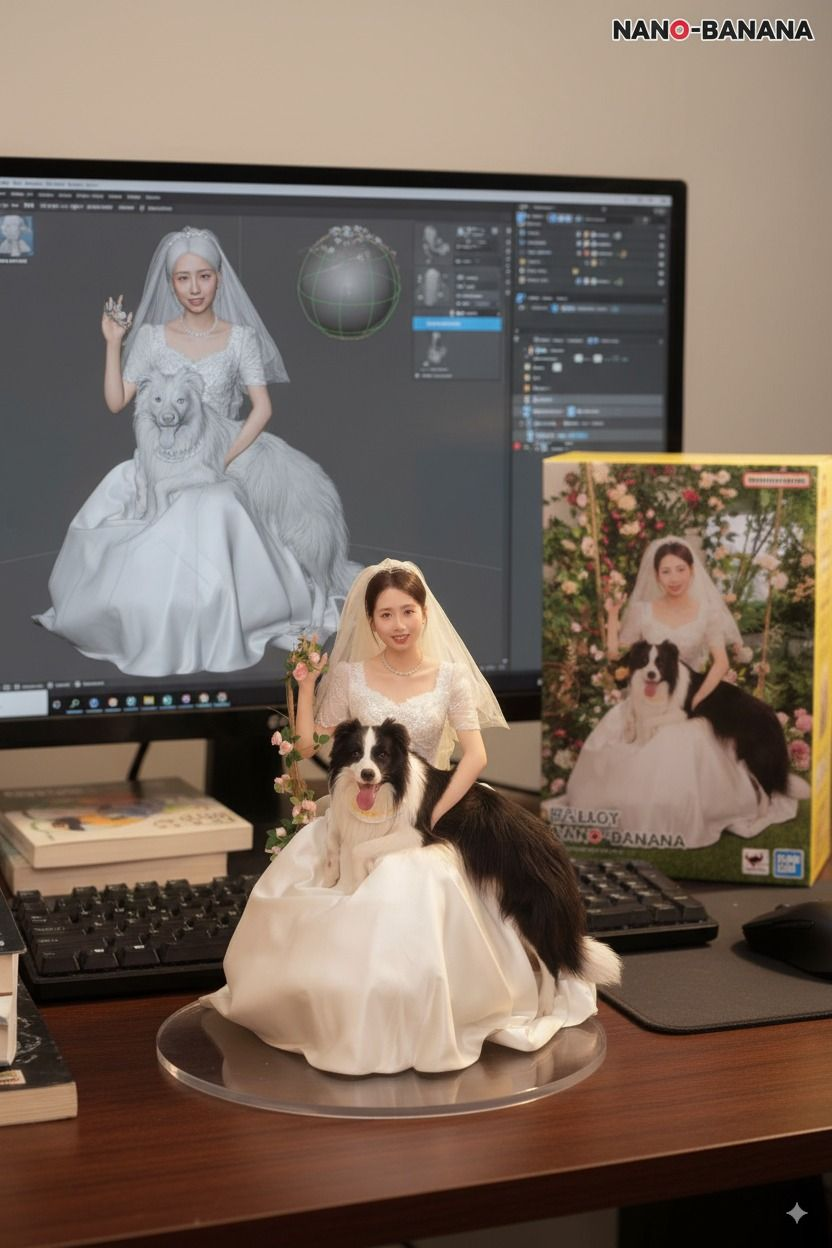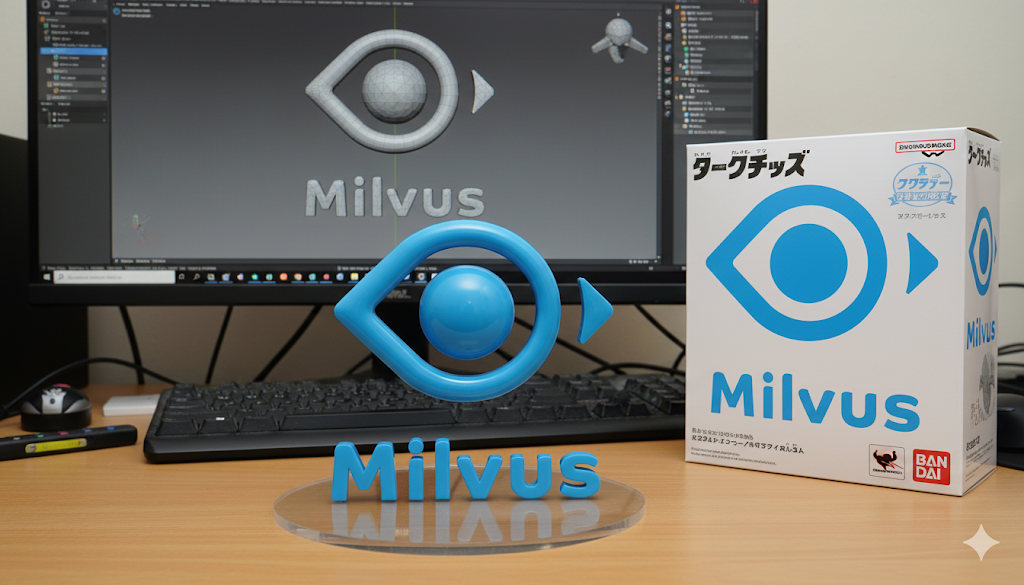Google’s Nano Banana makes image editing as simple as writing instructions in plain text. To start, you upload the image you want to change and then describe what should be different. For instance, you can type “remove the background and replace it with a white studio backdrop” or “brighten the image and make the colors more vivid.” Unlike traditional editing software, you don’t need to master layers or masking — the model interprets your text as editing commands and applies them directly.
Where Nano Banana stands out is its ability to maintain likeness when editing people, pets, or familiar objects. If you change your hairstyle, swap an outfit, or place yourself in a different location, the model ensures the face and proportions remain recognizably you. You can even try playful changes like adding a 1960s beehive haircut or putting a tutu on a dog without losing their core look. Another useful feature is multi-turn editing — you can keep refining the same image step by step. For example, you might start with an empty room, then paint the walls, add a bookshelf, and later place furniture, all while keeping the rest of the photo untouched.
Nano Banana also supports more advanced edits, such as blending and style transfer. You could upload two photos — one of yourself and another of your dog — and merge them into a single portrait on a basketball court. Or you might borrow the texture of flower petals and apply it to a pair of boots, or use butterfly wing patterns to design a dress. These examples show how the model goes beyond simple background swaps, opening up creative possibilities for marketing assets, design experiments, or just fun personal projects. In every case, editing feels conversational: you describe what you want, and Nano Banana works with you to bring that vision to life.
You can use Nano Banana to create realistic 3D modeling previews in a way that feels similar to ZBrush renders.
Popular prompt is like below:
“Use the Nano Banana model to create a 1/7 scale commercialized figure of the character in the illustration, in a realistic style and environment. Place the figure on a computer desk, using a circular transparent acrylic base without any text. On the computer screen, display the ZBrush modeling process of the figure. Next to the screen, place a Bandai-style toy packaging box printed with the original artwork.”
The results are like this:


Production use cases
Teams are already applying Nano Banana in production. A mobile entertainment platform is testing avatar dress-up features where players upload photos and instantly try on in-game accessories. E-commerce brands are using a “shoot once, reuse forever” approach, capturing a single base model image and generating outfit or hairstyle variations instead of running multiple studio shoots.
To make this work at scale, generation needs retrieval. Without it, the model can’t reliably find the right outfits or props from huge media libraries. That’s why many companies pair Nano Banana with Milvus, an open-source vector database that can search billions of images and embeddings. Together, they form a practical multimodal RAG pipeline—search first, then generate.
👉 Read the full tutorial on Nano Banana + Milvus